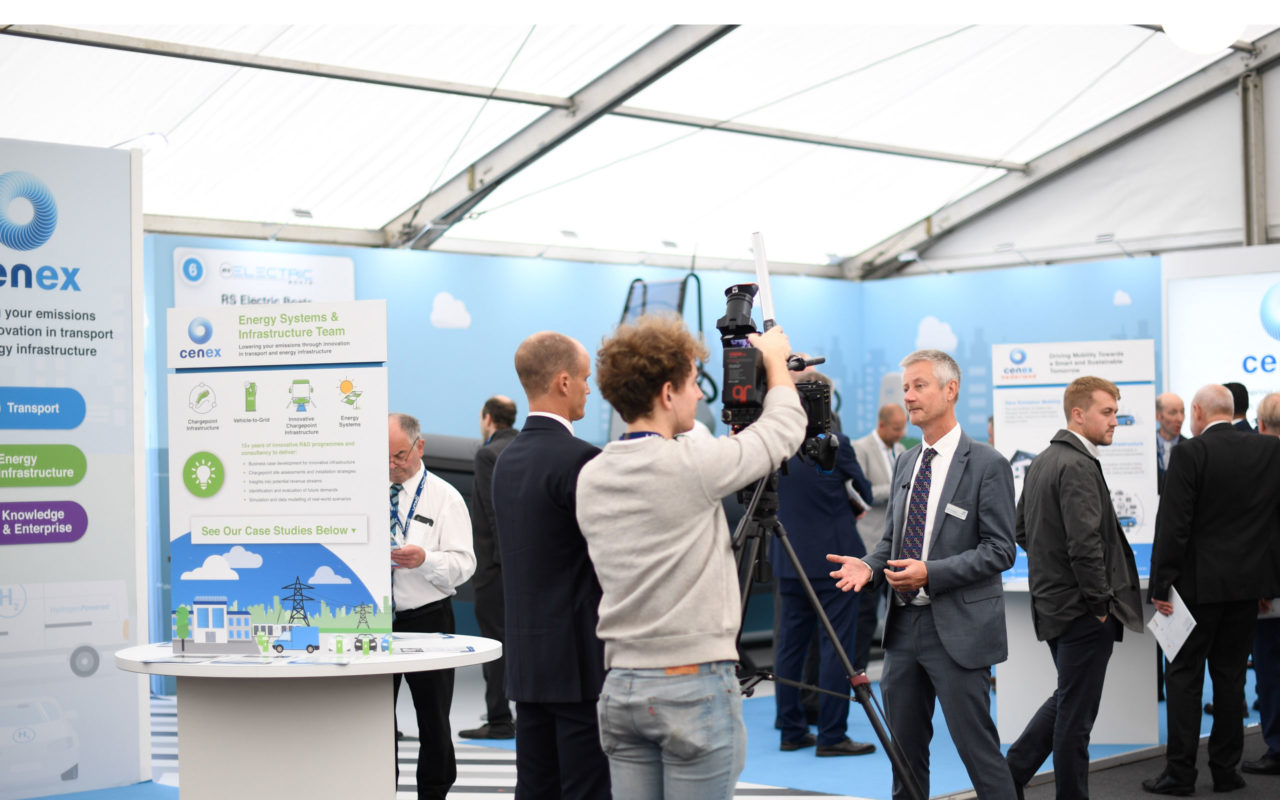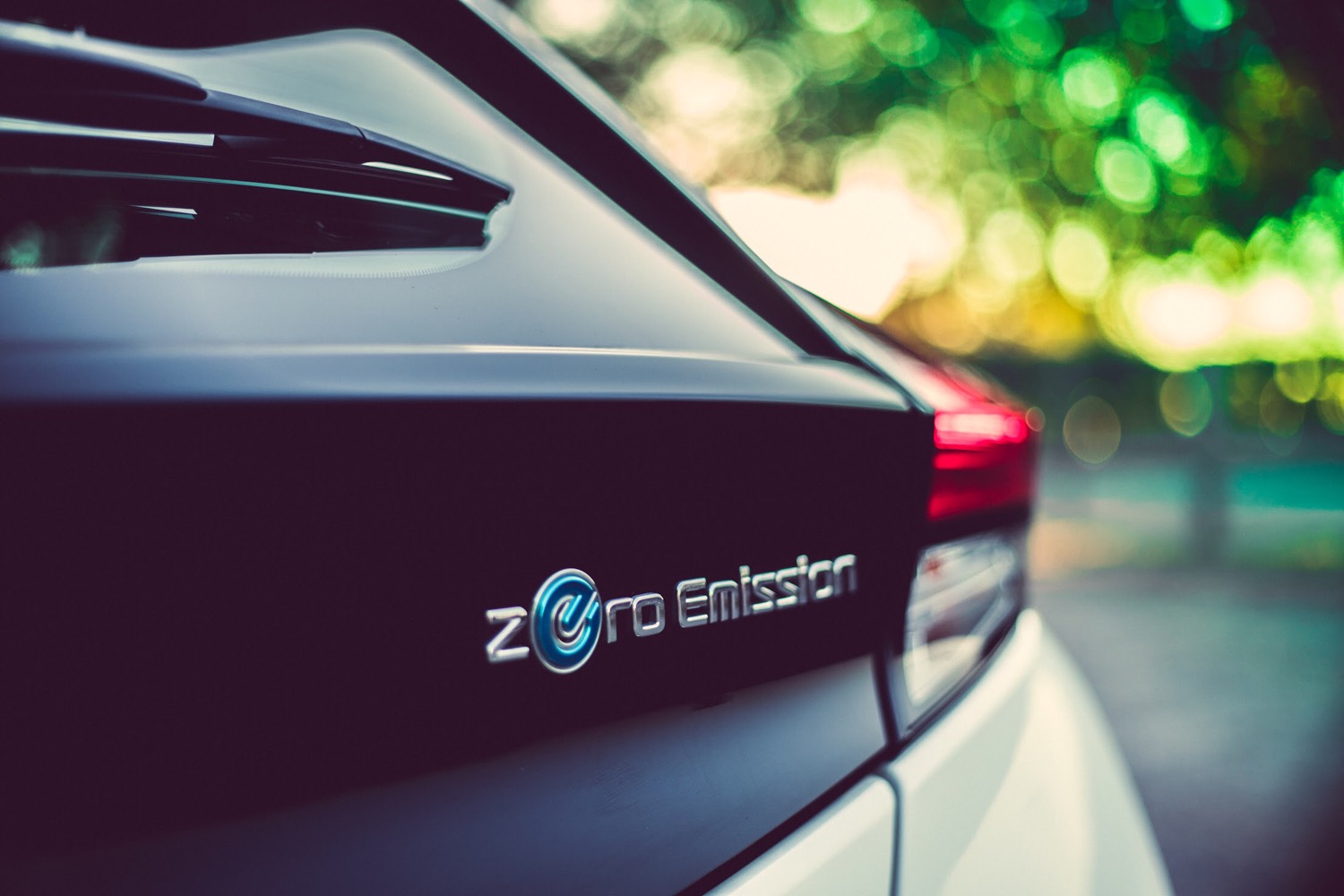
- Category:
- News
EV strategy fundamental for effective transition
As the UK approaches its 2030 phase out of the sale of new internal combustion engine cars and vans, important decisions must be made regarding the installation of EV infrastructure to keep pace with demand and user expectations.
The transition to electric vehicles will entail a significant change to the way people travel, goods are transported, and in the operations of your organisation, but taking the first steps early will result in long-term benefits.
Having an EV strategy is super important as it provides direction for all of your decisions in the transition, says Chloe Hampton, EV Infrastructure Strategy Consultant at Cenex.
The first thing to think about is your organisation’s needs and requirements from your fleet and you can do that by utilising existing usage data, ideally from the vehicles’ telematics.
This can give indications of vehicle duty cycles that can be translated across to the capability of electric vehicles.
You’ll be surprised at how many vehicles can already transition to electric.
Once you’ve got an understanding your organisational fleet needs and what can be met by electric vehicles, you can start to look at what infrastructure is required to serve those vehicles.
Each vehicle and each use case will have its own charging requirements, for example a delivery van with a quick turnaround time will want a quick top up from rapid chargepoints, whereas cars that do a few miles each day can park up and charge with slower charging overnight.
You’ll need to factor in where the cars will charge, and the site’s power capacities as that will go some way to dictate the provision that can be installed and the costs involved.
Your strategy will set out the right amount of infrastructure to install at the right times as your fleet grows or as you transition more and more vehicles to electric.
You might install a couple in the short term but provide passive infrastructure to enable easy installation in the future.
The transition to electric vehicles is a real step change for a lot of organisations and it may impact some of the organisation’s operations, not necessarily in a bad way, and a lot of the change is positive and brings more opportunities for efficiency.
Change is hard to effect, so staff and users need to be brought along that journey with effective communication and upskilling around electric vehicles and the charging infrastructure.
This can all sound confusing and overwhelming, so it is good to get independent advice and talk to others who have gone through the change to learn lessons from their journey.
Cenex has recently spoken to three organisations that are spearheading the transition and installed charging infrastructure early to stay ahead of the curve.
The report, ‘Case Studies for Change – Installing EV Chargepoints in the UK’, explores their motivations and overcoming challenges so other organisations can have a smooth and effective process.
We’re all going on this journey together and the best way for us all to go through that systematic change is to share lessons and encourage each other.
I think EA Technology have taken a good, strategic approach aligned with their organisational values and mission by accommodating the provision of passive infrastructure.
They have a commitment to minimise their environmental impact of their whole organisation and have taken an innovative and interesting approach by connecting onsite solar and battery storage to their EV charging.
They have also over-installed their electricity supply to give capacity for more chargers on site when they need it.
Having clear motivations and a plan from the start means everything ties in together.
Several key lessons emerge from the case studies that anyone can take forward as they embark on their electrification journey:
- Develop really good partnerships – each organisation in the report has been supported by others in their journey, with specialists advising on strategy, installation, and operation.
- Adapt and innovate – each story has its own barriers and challenges that have been overcome, requiring a flexible, creative, and innovative approach.
- Take the first step – have a bit of a trial, get your first EV, get your first chargepoint and it’s amazing how much you can learn just with a small scale.
Cenex has worked with many public and private sector organisations to advise on fleet and infrastructure strategies and assess suitable technology solutions that will meet operational demands.
This gives them the confidence to make informed decisions that are best for the business, employees, and the environment.
